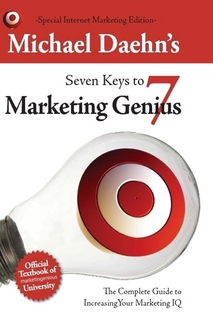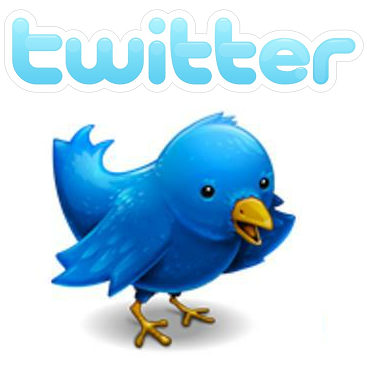Any economics student can tell you that price is a matter of supply and demand. The market will bear a certain price point and settle into equilibrium. This is not very helpful when trying to determine the price for a new product. Price is a very confusing area of marketing for many people. The reason is probably because price is one of the most misused and abused marketing tools. Traditionally, there are three ways to set the price for a product:
Competitive Parity- Charging the same price or average price of the competition
Standard Markup- Always adding the same percentage markup to the cost of products (i.e., cost plus 50%)
Zero-Based Pricing- Receiving a small margin per item with a high volume of sales
The problem with all three of these methods is they do not take into account the customer's perceived value of the product. Let's assume you are going to sell hats. The hats cost you $10 to make so you decide to sell them for $15. What if the people buying your hats only think they are worth $5? You are in big trouble. You cannot afford to sell hats for less than they cost you to make, but if that is the perceived value to your customers you will not sell any at $15. On the other hand, what if customers love your hats and would actually be willing to pay $20 per hat? You are cheating yourself out of $5 per hat. So how do you know what people will pay? Do the research before going to market. Either hire a market research firm, or do it yourself if you are on a budget. If people are willing to pay less than your cost to produce the hats, you will be avoiding disaster by knowing this information ahead of time. If people are willing to pay more than your perception of a fair price, you can be even more successful than you imagined.
Price Wars
Your price must be based on the perceived value to the customer. Price is a double-edged sword, and many companies find themselves falling into the trap of competing on price. Price is NOT a competitive advantage by definition because it can be copied easily and immediately by the competition. Price wars with the competition hurt everyone. Customers will be happy at first because they will get better deals, but be disappointed in the long term when prices go back up or their favorite company goes out of business. Price wars destroy the perceived value of the product in the marketplace. Even if your company wins the price war by undercutting the competition, customers will feel cheated when prices return to normal levels.
I went to McDonald's to get my 39-cent hamburger the other day, and to my dismay what had been 39 cents the previous six months is now all of a sudden 79 cents. I felt cheated, but if they had not been 39 cents the week before when I bought them, I would not have felt that paying 79 cents was a big deal. Like millions and millions of other people, I have been going to McDonald's since I was a child. A few years ago they panicked and jumped into the price wars with their competition. This was a mistake. By creating their own "value menu," they started looking like everyone else. There is now nothing special about going there because they are just like their copycat competition. I just heard on the radio that McDonald's is closing almost 200 locations. It does not sound like the low price strategy is working.
Low price is not a valid competitive advantage, yet companies spend millions of dollars saying they are the low price leaders. Low price has no distinguishing characteristic about it, particularly when everyone is saying the same thing. Companies are also telling their customers to shop based on price. Therefore, if their competition has a lower price, they should go to them. Let me repeat, companies are paying for advertising that tells their customers not to be loyal, but to shop based on low price! Besides encouraging a price war and creating disloyalty, this violates Marketing Key 5: Building Relationships. By telling people that the lowest price is the best criterion for choosing a product, companies are discouraging customer loyalty based on reputation or quality of service. This practice is so prevalent that it is no wonder many people are confused about the proper place of price in a marketing plan. The good news is that after reading this, you now know better than your competition.
How to Win a Price War
The answer to how to win a price war is to not get into one in the first place. If you find yourself in this situation, find a competitive advantage aside from price to promote then differentiate yourself and focus your marketing promotions on the advantage instead of price.







